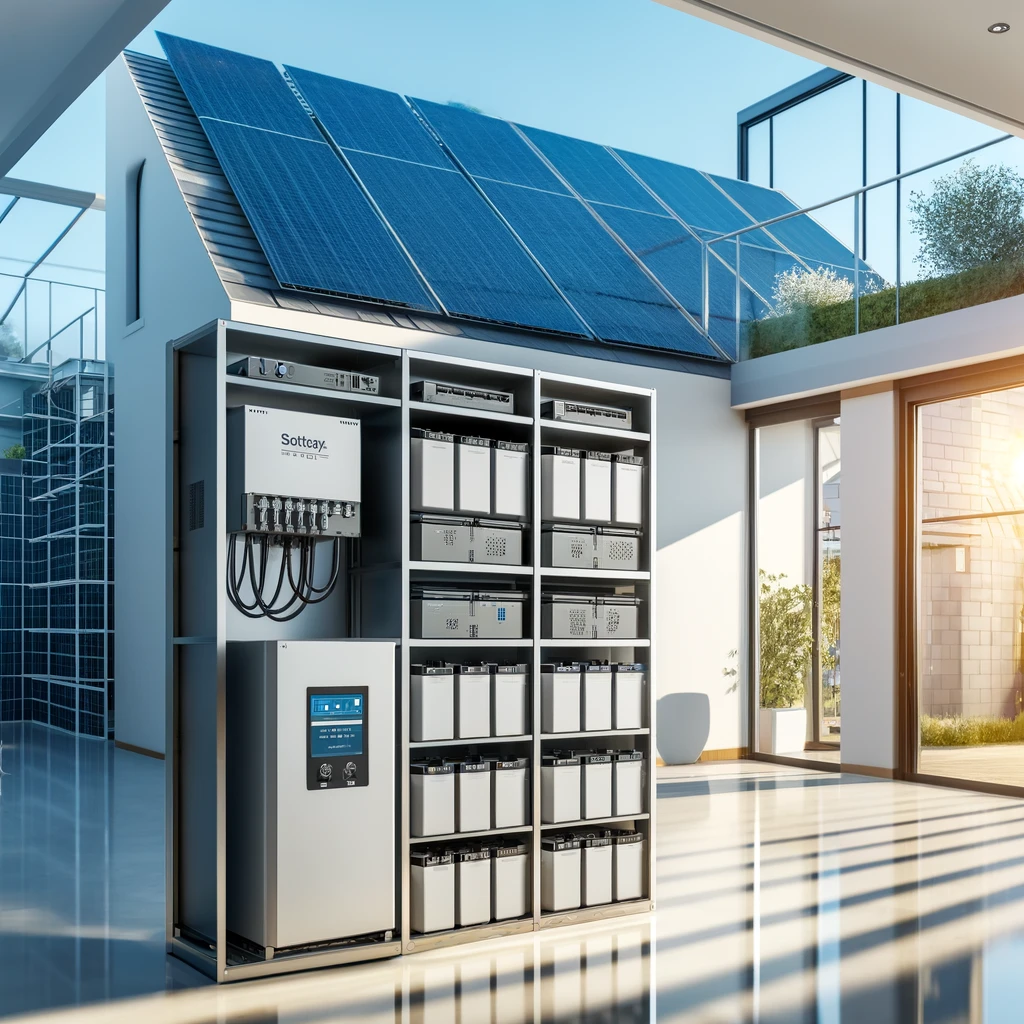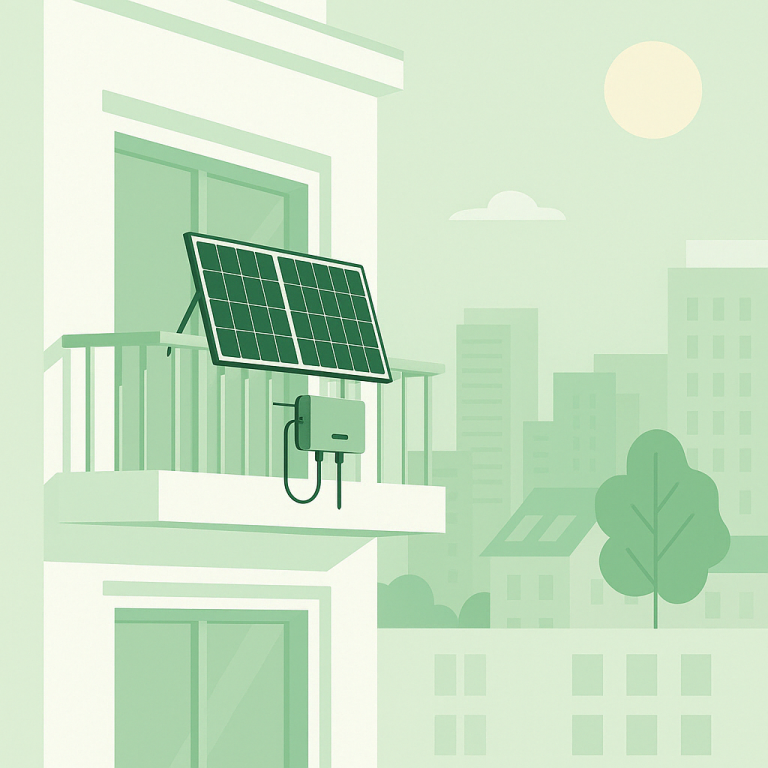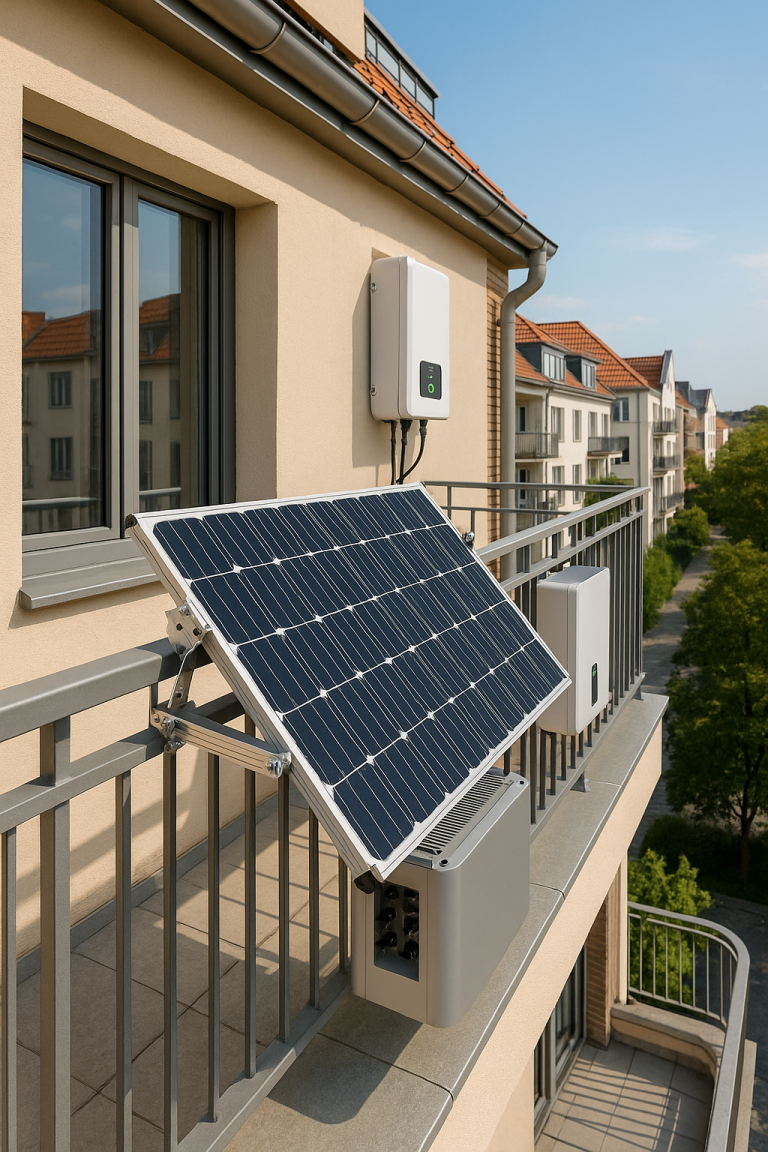1. Introduction: The Need for Scalable Home Energy Solutions
As the world increasingly turns to renewable energy sources, homeowners across Europe are looking for ways to store the energy they generate from solar panels, wind turbines, and other green sources. Traditional energy storage systems often come with size, weight, and cost limitations, making them impractical for homes with smaller spaces or lower energy demands.
Enter the stackable battery system — a revolutionary concept in energy storage that allows homeowners to build their storage capacity as needed. These modular systems offer a flexible, scalable solution that grows with your energy needs and can be customized to meet the demands of any solar-powered home, off-grid cabin, or hybrid energy system.
In this article, we explore the rise of stackable battery systems and discuss why they are the future of home energy storage.
2. What Is a Stackable Battery System?
A stackable battery system is a modular energy storage solution that consists of individual battery units that can be stacked or connected in parallel to increase overall capacity. These units typically use LiFePO₄ (lithium iron phosphate) technology, which is renowned for its safety, long life, and efficiency.
Unlike traditional single-unit batteries, stackable systems allow for flexible expansion. Homeowners can start with a small battery for basic needs, then add more units over time to scale up their storage without replacing the entire system.
Key components of a stackable battery system:
- Modular LiFePO₄ batteries
- Battery Management System (BMS) to ensure safe operation
- Inverters and charge controllers for compatibility with solar systems
- Energy monitoring and management software for tracking usage and efficiency
3. Advantages of Modular Energy Storage Systems
Stackable or modular systems have several clear advantages over traditional energy storage solutions, making them the ideal choice for homeowners looking for flexibility, efficiency, and long-term value.
✅ Scalability
The biggest advantage of stackable systems is their ability to grow with your needs. Whether you’re starting small or preparing for future energy demands, you can add more battery units as required. This customizability makes it easier to upgrade without the need to replace the entire system.
✅ Space Efficiency
Modular batteries are designed to be compact and stackable, meaning you can store them in smaller areas, such as utility rooms or closets. This is particularly valuable for urban or apartment living, where space is at a premium.
✅ Cost-Effectiveness
Because you can add units gradually, stackable systems allow you to manage your budget better. There’s no need to invest in a large storage system upfront. You only pay for what you need at the moment, then scale up over time as your energy needs grow.
✅ Increased Reliability
With multiple battery units working in parallel, stackable systems offer redundancy. If one battery fails, the rest of the system continues to function, reducing the risk of total system failure.
✅ Better Efficiency
Modular systems often come with advanced monitoring tools that help optimize energy usage, improve efficiency, and manage system performance in real-time. This results in a more efficient energy use and helps reduce energy waste.
4. How Stackable Battery Systems Work
In a typical stackable battery system, each unit is connected in parallel to increase capacity. Here’s how it works:
- Initial Setup: The homeowner installs one or more battery units based on their current energy needs. Each unit is designed to integrate with the home’s solar power system, which includes solar panels and an inverter.
- Expansion: Over time, as the homeowner’s energy demands grow (such as adding new appliances, an electric vehicle charger, or increasing energy usage), additional battery units are added to the existing system.
- Battery Management System (BMS): The BMS ensures that each battery unit operates safely and efficiently. It monitors parameters such as voltage, temperature, and state of charge (SOC) to prevent overcharging, overheating, or deep discharge, which could damage the system.
- Energy Distribution: The energy stored in the stackable batteries is used to power the home’s appliances. Any excess power generated by the solar panels is stored in the batteries, and when there’s a power outage or when solar generation is low, the batteries supply the electricity needed.
5. Why Stackable Batteries Are Ideal for Solar Homes
For homes with solar panel systems, stackable batteries provide the perfect storage solution for several reasons:
✅ Maximized Solar Self-Consumption
By storing excess energy generated during the day, homeowners can use solar power during the evening or on cloudy days, reducing their reliance on the grid. This maximizes the self-consumption ratio of their solar energy, saving money and enhancing sustainability.
✅ Backup Power During Outages
Stackable systems provide homeowners with the ability to store energy for emergencies. In regions where power outages are common, having a backup power source ensures that critical appliances, like refrigerators, lights, and medical equipment, continue to function.
✅ Flexibility for Future Upgrades
As energy needs evolve, homeowners can easily add more battery capacity to handle increased demand, whether it’s due to growing family needs, additional appliances, or electric vehicle charging. Stackable batteries allow for a future-proof solution.
6. LiFePO₄ vs Traditional Batteries for Modular Storage
When compared to traditional lead-acid batteries or other types of lithium-ion batteries, LiFePO₄ (lithium iron phosphate) stands out for its superior performance in modular storage applications.
LiFePO₄ vs Lead-Acid Batteries:
- Longer lifespan: LiFePO₄ batteries typically last 5-10 times longer than lead-acid batteries.
- Higher efficiency: LiFePO₄ systems operate with 95% efficiency, compared to 70-80% for lead-acid batteries.
- Safety: LiFePO₄ batteries are non-flammable, whereas lead-acid batteries carry a higher risk of leakage and explosion.
LiFePO₄ vs Other Lithium-Ion Batteries:
- Greater stability: LiFePO₄ is less likely to overheat or experience thermal runaway, making it safer for home use.
- Better cycling ability: LiFePO₄ batteries offer more charge cycles, making them ideal for daily energy storage and long-term use.
LiFePO₄ is the ideal choice for stackable battery systems, as it combines safety, longevity, efficiency, and scalability.
7. Key Benefits of Stackable Systems: Flexibility, Efficiency, and Cost-Effectiveness
✅ Flexibility
The ability to add battery units as needed gives homeowners full control over their energy storage needs. Whether you’re looking to start small or plan for future expansions, stackable systems make it easy to grow your energy capacity over time.
✅ Efficiency
The high efficiency of LiFePO₄ batteries means that more of the energy you store is available for use, reducing energy losses. With built-in smart monitoring systems, you can optimize energy usage and get the most out of your solar system.
✅ Cost-Effectiveness
Since you can expand your system as your needs grow, you avoid the upfront cost of an oversized battery system. Stackable systems allow for incremental investment, so you only pay for the storage capacity you need at each stage of your home’s energy transition.
8. Use Cases: Who Benefits Most from Stackable Battery Systems?
✅ Urban Dwellers
For renters or apartment owners with limited space, stackable batteries are the perfect solution. Their compact design allows them to fit in utility rooms, closets, or even on balconies, providing a great energy storage solution for small living spaces.
✅ Off-Grid Homes
In remote areas where the grid is unavailable, stackable battery systems offer an affordable and scalable power solution. Homeowners can start with a smaller system and increase capacity as needed to meet their growing needs.
✅ Homeowners with Solar Systems
For existing solar-powered homes, stackable batteries allow homeowners to store more energy for later use, increasing the value of their solar investment.
9. How to Install and Scale Stackable Battery Systems for Your Home
- Calculate your energy needs: Understand how much energy you consume daily to determine the number of battery units needed.
- Select the right battery units: Choose a stackable LiFePO₄ battery system that matches your energy storage needs and future growth.
- Install the system: Place the battery units in a safe, well-ventilated area. Follow the installation guide provided by the manufacturer.
- Monitor and expand: Use smart monitoring tools to track energy storage and consumption. Add more battery units when your energy needs increase.
10. Future Trends: How Stackable Battery Systems Will Evolve
In the future, stackable battery systems will continue to evolve, with:
- Increased energy density: More power in smaller, lighter units.
- Faster charging times: Advanced BMS and technology will reduce charging time and improve energy management.
- Smarter integration: AI-driven energy management systems will further optimize the performance of stackable batteries in real-time.
11. Conclusion: Why Stackable Battery Systems Are the Future of Home Energy Storage
As the demand for renewable energy solutions grows, stackable battery systems will become the go-to option for homeowners looking for a scalable, flexible, and cost-effective energy storage solution. They allow you to store more energy, optimize your solar investment, and build a more sustainable future.
Start small, expand over time, and take control of your energy future today!




